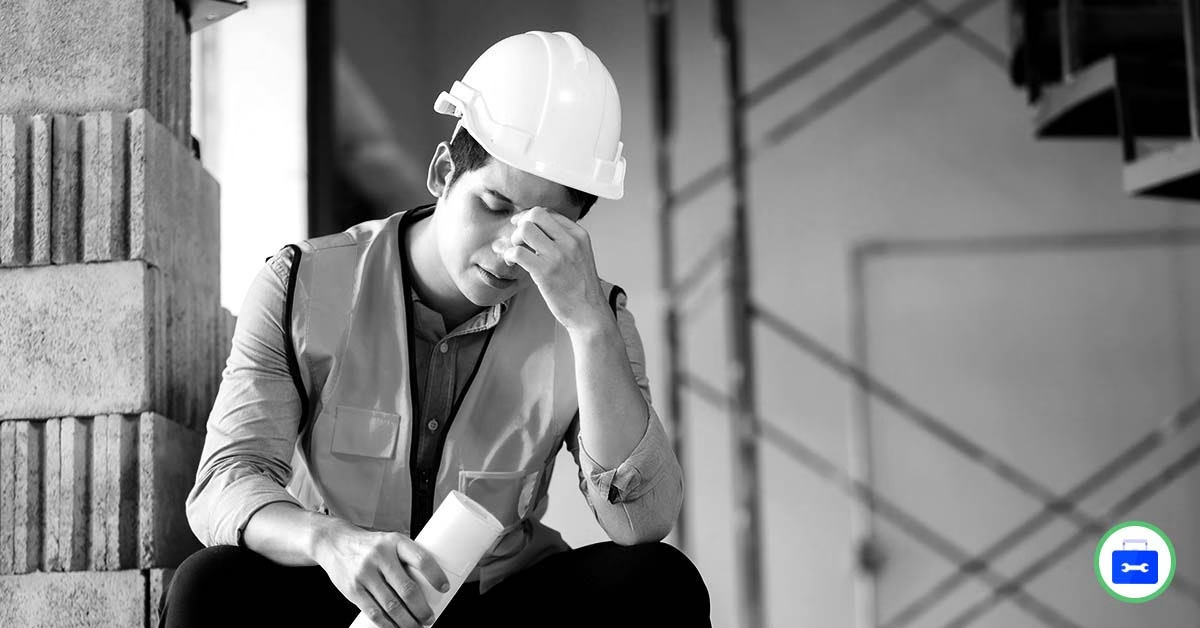Foreign object debris (FOD) in data centres is any extraneous material that can interfere with…
Toolbox Talk – Exclusion Zone
What is an Exclusion Zone?
An exclusion zone is a designated area where access is restricted to protect workers and the public from hazards such as:
- Falling objects
- Moving plant and machinery
- High-risk operations (e.g., crane lifts, demolitions, excavation)
- Hazardous materials or operations
Why Are Exclusion Zones Important?
- Prevent injury or death caused by entering dangerous areas
- Ensure only authorised and trained personnel are present near high-risk tasks
- Improve the efficiency and safety of operations by reducing interruptions and confusion
Common Examples of Exclusion Zones:
- Around cranes during lifts
- Under scaffolding or overhead work
- Near excavation or trenching sites
- Behind reversing heavy machinery
- Around high-voltage electrical work
Key Rules for Exclusion Zones
- Do Not Enter unless authorized and trained
- Always obey signage, barriers, and flagging
- Stay alert to changes—zones can move or expand
- If your work area becomes part of an exclusion zone, report to your supervisor
- Report any breach or damaged barriers immediately
Responsibilities
- Supervisors: Ensure zones are correctly marked with solid barriers, signage in place and communicated.
- Workers: Respect the boundaries, understand the risks, and stay clear
- All Personnel: Stop unsafe behaviour—challenge and report if you see someone entering a restricted area
Exclusion zones exist for your safety. Don’t cross the line—stay alert, stay safe.
Download the full Toolbox Talk document on Exclusion Zone below:



